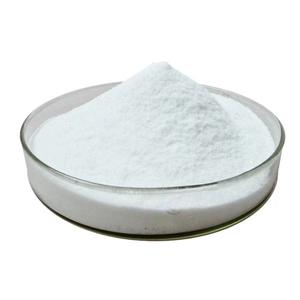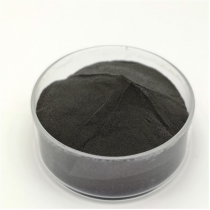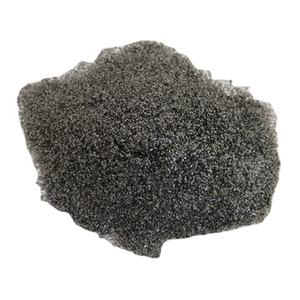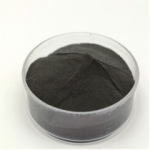Professional and high-quality metal alloys, ceramic products and concrete additives | RBOSCHCO
PRODUCT PARAMETERS
Description
Overview of Manganese Oxide (Mn2O3)
Manganese Oxide (Mn2O3), a flexible compound with a unique crystal framework, plays a crucial duty in various commercial and scientific applications. Its chemical formula, Mn2O3, shows the structure of 2 manganese atoms integrated with three oxygen atoms, causing a material that shows semiconducting homes. This oxide is a vital element in several materials systems, adding to their electric, magnetic, and catalytic habits.

(Manganese Oxide Mn2O3 CAS 1317-34-6)
Characteristics of Manganese Oxide (Mn2O3)
Semiconducting Qualities: Mn2O3 displays semiconducting actions, which makes it ideal for usage in electronic gadgets that call for controlled conductivity.
High Oxidation State: Manganese in Mn2O3 has a high oxidation state (+3 ), allowing it to take part in redox reactions and exhibit catalytic task.
Thermal Stability: Manganese Oxide preserves its structural integrity also at elevated temperatures, making it appropriate for high-temperature applications.
Diverse Forms: Mn2O3 can exist in various polymorphic forms, each with its unique physical and chemical residential properties.
Ecological Friendliness: When created and dealt with properly, Mn2O3 is normally thought about eco-friendly.
Parameter table of Manganese Oxide (Mn2O3)
| Manganese Oxide Mn2O3 Powder Properties | |
| Other Names | Manganese oxide, Manganese(3+) oxide, Manganese sesquioxide, Dimanganese trioxide, Keto-(ketomanganiooxy)manganese, Manganese(3+) oxide, Manganese trioxide, Oxo-(oxomanganiooxy) manganese |
| CAS No. | 1317-34-6 |
| Compound Formula | Mn2O3 |
| Molecular Weight | 157.87 |
| Appearance | Black Solid |
| Melting Point | 940 °C (1724 °F) |
| Solubility in water | N/A |
| Density | 4.5 g/cm3 |
| Purity | 99.50% |
| Particle Size | 0.8μm |
| Boling point | N/A |
| Specific Heat | N/A |
| Thermal Conductivity | N/A |
| Thermal Expansion | N/A |
| Young’s Modulus | N/A |
| Exact Mass | 173.856 |
| Monoisotopic Mass | 173.856 |
| Manganese Oxide Mn2O3 Health & Safety Information | |
| Safety Warning | Warning |
| Hazard Statements | H312-H315-H319-H335 |
| Flashing point | N/A |
| Hazard Codes | Xi, Xn |
| Risk Codes | R21 R36/37/38 |
| Safety Statements | N/A |
| RTECS Number | OP0900000 |
| Transport Information | NONH for all modes of transport |
| WGK Germany | 3 |
Application of Manganese Oxide (Mn2O3)
Catalysis: Mn2O3 is widely used as a catalyst in chemical reactions due to its ability to participate in redox reactions and its high surface area.
Battery Technology: Its semiconducting properties make it a potential candidate for use in rechargeable batteries, especially in lithium-ion batteries.
Sensors: Mn2O3’s sensitivity to changes in the environment, such as temperature and gas concentration, makes it worthwhile in the development of sensors.
Magnetic Materials: Manganese Oxide can be incorporated into magnetic materials, enhancing their magnetic properties and potential applications in spintronics.
Ceramics Industry: Mn2O3 is also used in the ceramics industry to modify the properties of ceramic materials, improving their mechanical strength, thermal stability, and electrical conductivity.

Catalysis
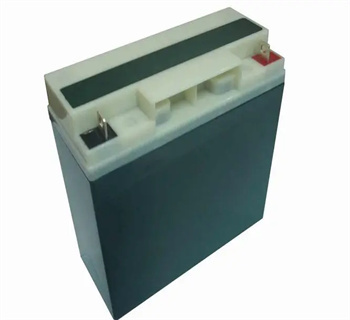
Battery Technology
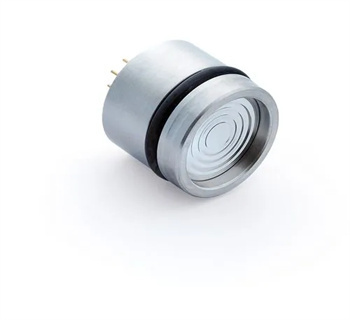
Sensors

Magnetic Materials
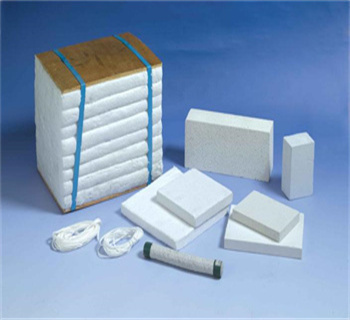
Ceramics Industry
Production Method of Manganese Oxide (Mn2O3)
- Oxidation of Manganese(II) Compounds: Manganese(II) salts like manganese sulfate (MnSO ₄) can be oxidized in an alkaline setting. As an example, by adding an oxidant such as potassium permanganate (KMnO ₄) in the existence of sodium hydroxide (NaOH), manganese(II) is oxidized to form Mn ₂ O ₃. The response entails intricate redox processes.
- Thermal Disintegration of Manganese Carbonate: Manganese carbonate (MnCO ₃) is heated. At a details temperature, it decays and goes through oxidation airborne to generate Mn ₂ O ₃ and carbon dioxide.
- Hydrothermal Method: Manganese salts and a suitable oxidant are placed in a hydrothermal response system. Under heat and stress, the reaction strikes straight manufacture Mn ₂ O ₃ with a relatively consistent fragment size and good crystallinity.
Company Profile
RBOSCHCO is a trusted global chemical material supplier & manufacturer with over 12-year-experience in providing super high-quality chemicals and nanomaterials, including boride powder, nitride powder, graphite powder, sulfide powder, 3D printing powder, etc.

The company has a professional technical department and Quality Supervision Department, a well-equipped laboratory, and equipped with advanced testing equipment and after-sales customer service center.
If you are looking for high-quality Manganese Oxide (Mn2O3), please feel free to contact us or click on the needed products to send an inquiry.
Storage Condition of Manganese Oxide (Mn2O3)
Manganese oxide (Mn₂O₃) should be stored in a cool, dry place at 15 – 25°C to prevent moisture-induced agglomeration and chemical changes. It should be kept in airtight containers to avoid contact with air and moisture, which could lead to oxidation or other reactions. Store it away from acids, bases, and reducing agents to prevent chemical reactions that might alter its properties. Also, ensure the storage area is well-ventilated and away from direct sunlight.
Payment Term
L/C, T/T, Western Union, Paypal, Credit Card etc.

Shipment Term
By sea, by air, by express, as customers request.
5 FAQs of Manganese Oxide (Mn2O3)
Q1:
What is the most common use of Manganese Oxide (Mn2O3)?
Re: The most common use of Manganese Oxide (Mn2O3) is in the catalysis of chain reactions, where it functions as a catalyst to promote the conversion of reactants right into products. Its capability to take part in redox reactions and its high surface make it an effective driver in various industrial procedures.
Q2:
Is Manganese Oxide (Mn2O3) toxic?
Re: Manganese Oxide (Mn2O3) is generally considered non-toxic. However, like any chemical, it should be handled with care to avoid inhalation or ingestion, as excessive exposure may have adverse effects on health.
Q3:
How is Manganese Oxide (Mn2O3) produced?
Re: Manganese Oxide (Mn2O3) can be produced through various methods, including thermal decomposition of other manganese compounds, chemical reactions, or even by heating manganese metal in an oxygen-rich environment. The specific production method depends on the desired purity and form of the final product.
Q4:
Is Manganese Oxide (Mn2O3) water-soluble?
Re: Manganese Oxide (Mn2O3) is not water-soluble. It is insoluble in water and most other solvents, making it stable in aqueous environments and suitable for use in water-based systems.
Q5:
What are the safety precautions when handling Manganese Oxide (Mn2O3)?
Re: When handling Manganese Oxide (Mn2O3), it is vital to wear safety equipment such as gloves, shatterproof glass, and a lab coat. The substance needs to be stored in a well-ventilated area, and it ought to be kept away from warm resources and incompatible products. Following these security precautions aids decrease the threat of crashes and makes sure safe handling of the material.
REQUEST A QUOTE
RELATED PRODUCTS
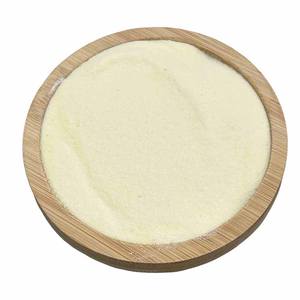
High Purity Indium Tin Oxide Nanopowder ITO Nanoparticle Manufacturer
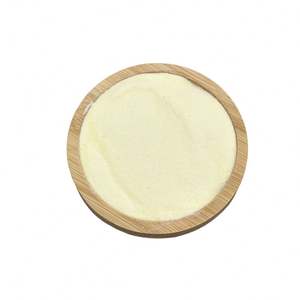
Bismuth Oxide Powder Bi2O3 Powder Price
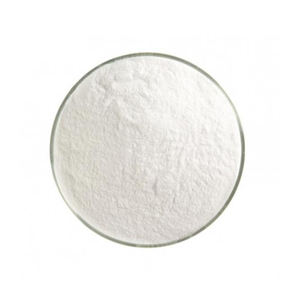
Factory Price High Purity Aluminium Oxide Powder Nano Al2O3 Powder Alumina Powder
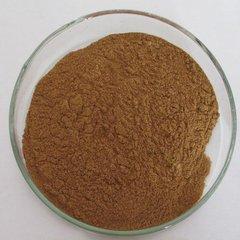
Factory Price Iron Oxide Powder Fe2O3 Nanoparticles Fe2O3 Nanopowder
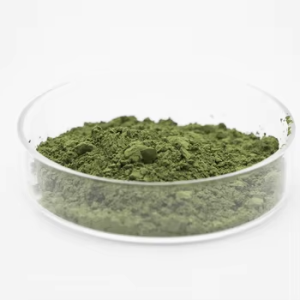
Factory Direct Sale Purity 98% Fine High Quality Synthetic Chrome Oxide Green Chromium Green Powder Cr2O3
